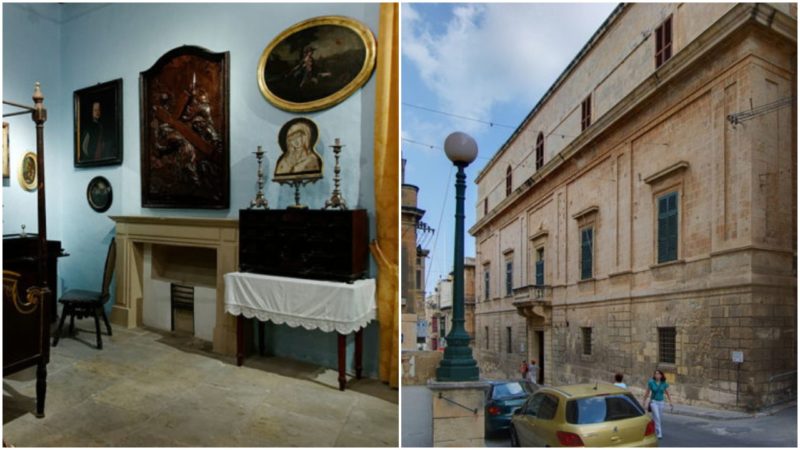The purpose of the medieval inquisitions of the Roman Catholic Church was to stamp out any activity that it considered heretical. The Inquisitions were essentially bodies that were given the power to formally judge anyone accused of heresy.
Throughout the years and in different regions, the mechanism by which heretics were sought out, tried and punished varied. The aim of these punishments was to encourage the guilty party to accept the “true faith” — however, in some cases, those who did not to submit to their punishment or refused to repent were sentenced to death by burning.
The first inquisitions began in 1184 following almost two centuries of crusades to expand and defend the Latin Christian empire across the Holy Land and southern Europe. With the rise of Protestantism in the mid-1500s, the Holy See instigated a new regime of inquisitions.
Tribunals now became permanently established as centrally managed bureaucratic institutions that were overseen by the clergy. Of the three strands of institutional inquisitions that came from this move, Malta came under the jurisdiction of the Roman Inquisition.

These inquisitions of the early modern period were on the hunt for anyone committing “culturally immoral offences” (often from a quite different viewpoint than is common in western society of today), as well as those relating to theological matters, such as sorcery or practicing a different religion.
Interestingly, a system of subordinate inquisitions spread across Europe and into the Americas, and these were at the root of the 17th century witch trials. The inquisition was also able to censor literature that it deemed heretical, for example Copernicus’ On the Revolutions of the Heavenly Spheres (1543) because it outlined a model of the universe with the sun, not the Earth, at it’s center.
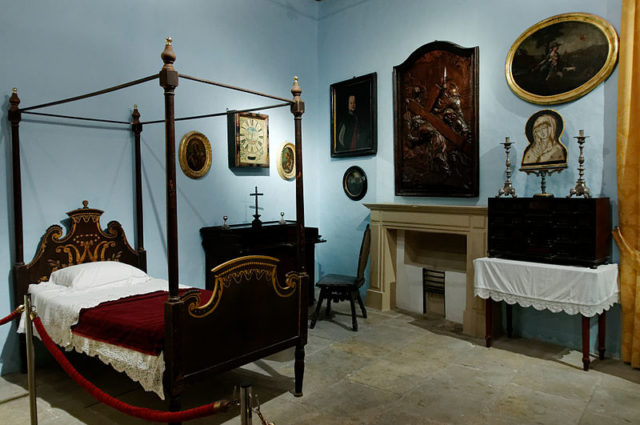
The Inquisition in Malta existed from 1574 to 1798. The first Italian Inquisitor, Pietro Dusina, was offered as his residence a former courthouse in the city of Birgu, known as Castellania. Under it’s new guise as the Inquisitor’s Palace, the building housed the headquarters, tribunal, and prison. It was used and modified by all subsequent Inquisitors.
The palace was constructed during the 1530s and, from 1543, was established as a courthouse of the Order of St. John (the Knights Hospitaller) by Grand Master Juan de Homedes y Coscon. As the Order of St. John had built a new Castellania in Valletta two years prior to Pietro Dusina’s arrival, their old one in Birgu was the perfect place to accommodate the Inquisitor.
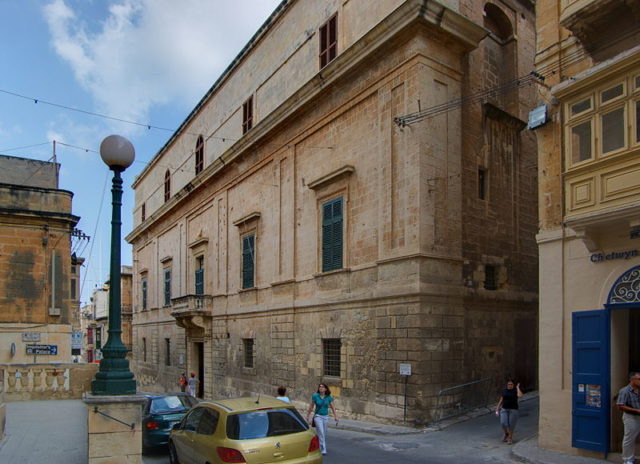
According to the Times of Malta, “The original design of the Castellania is attributed to the architect Nicolo’ Flavari but the main façade is attributed to Francesco Buonamici and Francesco Sammut.” Other sources cite Diego Perez de Malfreire as the main architect.
Over the course of 200 years and 62 Inquisitors, the building went through a series of renovations as each succeeding Inquisitor added features to both the façade and the interior. Bit by bit, the Gothic building was converted into the style of a Roman palazzo and was further extended once the neighboring properties were purchased by the Inquisition. This process of alteration and reconstruction has left the palace with a seemingly labyrinthine structure.
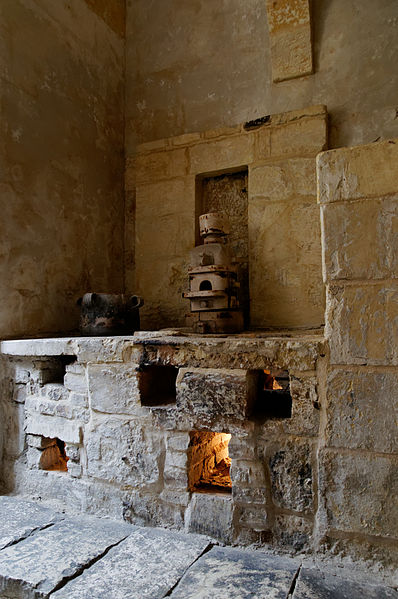
The first major revamp took place during the 1630s under Fabio Chigi (Pope Alexander VII). He was one of many Inquisitors who would go on to advance in their career after holding the post — 27 became cardinals and Antonio Pignatelli was also elected pope (Pope Innocent XII).
The Inquisitor’s Palace survived the magnitude 7.4 earthquake in 1963 that devastated much of nearby Sicily, but not without a fair amount of damage that called for serious repairs. The palace’s upper floor is thought to have been erected in 1707 and designed by Giovanni Barbara. The interior was even further decorated and altered during the 17th and 18th centuries.
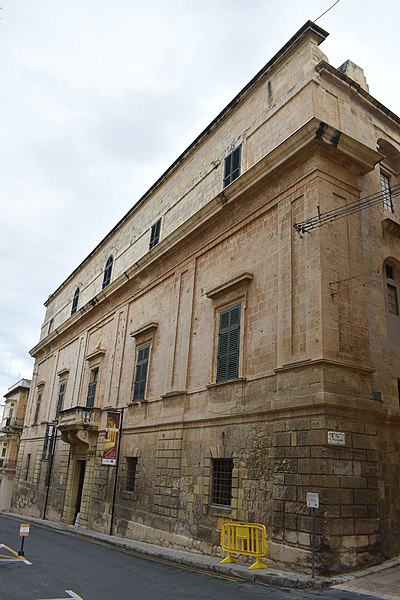
The staircase was built in 1733, following the design of architect Romano Carapecchia. With so many alterations over the years, the only original element that dates back to the 16th century is the tiny courtyard.
The end came for the Inquisition when the French occupied Malta in 1798. They took over the palace and to converted it to their headquarters within the Cottonera (the Three Cities). A few years later, the British arrived and seized Malta. The Inquisitor’s Palace was renovated once again and became a military hospital; also the soldiers stationed at Fort Saint Michael used a portion of this building as a mess-hall.
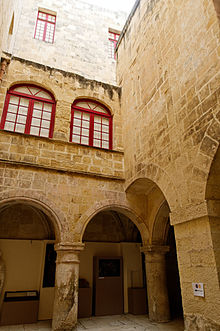
The building was given over to the Public Works Office around 1900. Plans were made, then abandoned, to demolish the palace, and it was finally placed under the care of the Museums Department in 1926. Over 13 years, the palace was restored and preserved and managed to survive World War II unharmed. After serving as a temporary refuge for a Dominican order of nuns whose convent had not been spared the bombing, it was opened as the Inquisitor’s Palace Museum 1966.
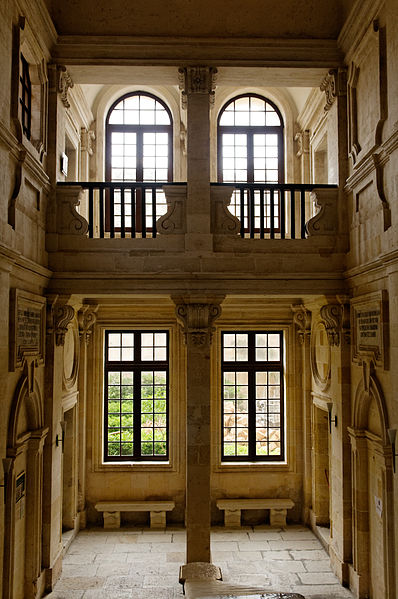
Today, following another series of renovations that began in the late 1980s, it houses the National Museum of Ethnography. It is one of a handful of surviving Inquisitor’s palaces, and the only one that is open for public access.
